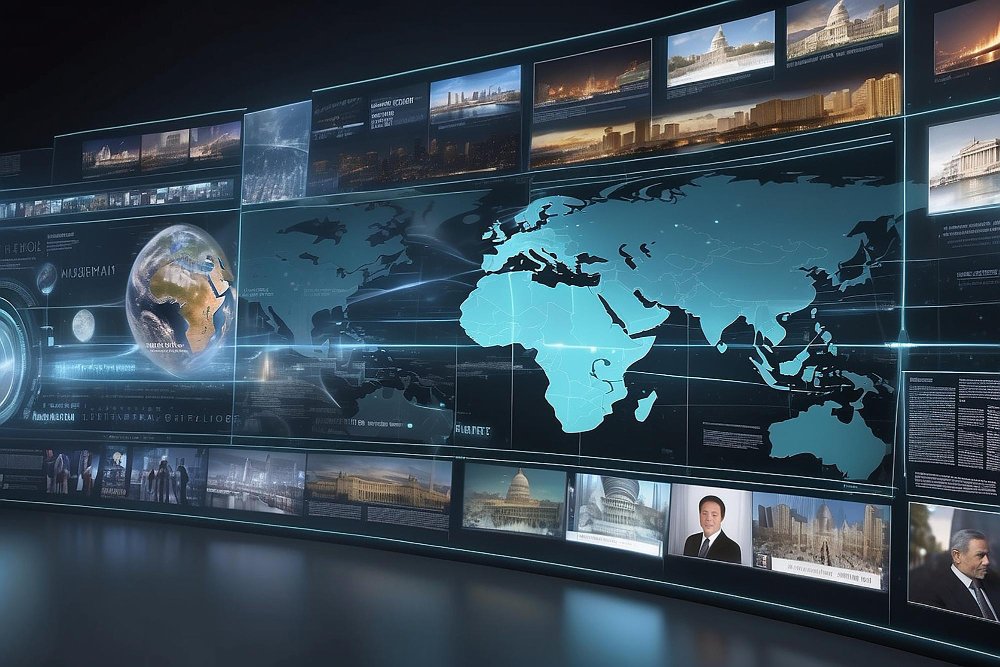Introduction: Rajkotupdates.News : Us Inflation Jumped 7.5 In In 40 Years
Inflation, the rate at which the general level of prices for goods and services rises, is a critical economic indicator that affects consumers, businesses, and policymakers alike. Over the past 40 years, the United States has experienced fluctuations in inflation rates, impacting everything from consumer purchasing power to investment decisions. This comprehensive guide explores the historical trends, causes, effects, and current implications of US inflation over the past four decades.
Historical Context of US Inflation
Overview of Inflation Trends
Inflation in the United States has varied significantly over the past 40 years, influenced by a complex interplay of economic factors, policy decisions, and global events. Here’s a brief overview of key inflationary periods:
1980s: Double-Digit Inflation
During the early 1980s, the US experienced double-digit inflation rates, peaking at over 13% in 1980. This period was characterized by rising energy prices, high interest rates, and supply shocks.
1990s: Moderate Inflation
Inflation rates moderated during the 1990s, averaging around 3% annually. Economic stability, technological advancements, and globalization contributed to relatively stable price levels.
2000s: Fluctuations and Recession
The early 2000s saw fluctuating inflation rates, influenced by the dot-com bubble burst and subsequent recession. Inflation remained relatively low until the mid-2000s housing market crisis.
2010s: Post-Financial Crisis Recovery
Following the 2008 financial crisis, the US economy experienced a period of low inflation due to sluggish economic growth and monetary stimulus measures.
2020s: Recent Trends and Challenges
Inflationary pressures have intensified in the 2020s, driven by factors such as supply chain disruptions, rising energy costs, and fiscal stimulus measures in response to the COVID-19 pandemic.
Causes of Inflation
Demand-Pull Inflation
Occurs when aggregate demand exceeds aggregate supply, leading to increased prices as businesses raise prices to meet demand.
Cost-Push Inflation
Results from rising production costs, such as wages or raw materials, prompting businesses to pass on higher costs to consumers.
Monetary Factors
Changes in money supply, interest rates, and central bank policies can influence inflation by affecting consumer spending and borrowing behavior.
Effects of Inflation
Impact on Consumers
Inflation erodes purchasing power, reducing the real value of income and savings. It can lead to higher costs of living and affect consumer confidence and spending habits.
Business and Investment Implications
Businesses may face higher production costs and pricing pressures during inflationary periods. Investors may adjust portfolios to hedge against inflation risks, favoring assets like real estate or commodities.
Government and Policy Responses
Governments and central banks use monetary policy tools, such as interest rate adjustments and quantitative easing, to manage inflation and stabilize the economy.
Current Economic Landscape
US Inflation Trends
As of recent data, US inflation rates have risen significantly, with the Consumer Price Index (CPI) reaching 7.5% annually. This surge reflects various factors impacting prices across sectors, including energy, housing, and transportation.
Factors Driving Current Inflation
Supply Chain Disruptions
Global supply chain disruptions, exacerbated by the COVID-19 pandemic, have contributed to shortages and price increases for goods and materials.
Energy Prices
Rising energy costs, including oil and gas prices, have added inflationary pressures, affecting transportation and production expenses.
Wage Pressures
Increases in wages and labor costs can translate into higher consumer prices as businesses adjust to maintain profit margins.
Impact on Consumers and Businesses
Consumer Spending Habits
Higher inflation can lead consumers to prioritize essential purchases, reduce discretionary spending, or seek lower-cost alternatives.
Business Strategies
Businesses may adjust pricing strategies, explore cost-saving measures, or renegotiate supplier contracts to mitigate inflationary impacts.
Policy Responses and Outlook
Federal Reserve Actions
The Federal Reserve plays a crucial role in managing inflation expectations through monetary policy adjustments, including interest rate hikes or tapering of asset purchases.
Fiscal Policy Measures
Government fiscal stimulus measures, such as infrastructure spending or tax policies, can impact inflation dynamics by influencing aggregate demand and economic growth.
Strategies for Managing Inflation Risks
Personal Finance Tips
Budgeting and Saving
Maintain a budget to prioritize essential expenses and build emergency savings to withstand economic uncertainties.
Investment Diversification
Diversify investment portfolios across asset classes, including stocks, bonds, and inflation-protected securities (TIPS), to hedge against inflation risks.
Business and Economic Planning
Cost Management
Implement cost-effective strategies, such as operational efficiency improvements and supply chain resilience, to mitigate inflationary pressures.
Pricing and Revenue Strategies
Review pricing structures and consider flexible pricing models to adjust to changing market conditions while maintaining profitability.
Conclusion
US inflation has undergone significant fluctuations over the past 40 years, influenced by economic cycles, policy decisions, and global events. Understanding the causes, effects, and current trends in inflation is essential for individuals, businesses, and policymakers alike to navigate economic uncertainties and make informed decisions. As the economy continues to evolve, proactive measures and strategic planning can help mitigate inflation risks and promote sustainable economic growth.
